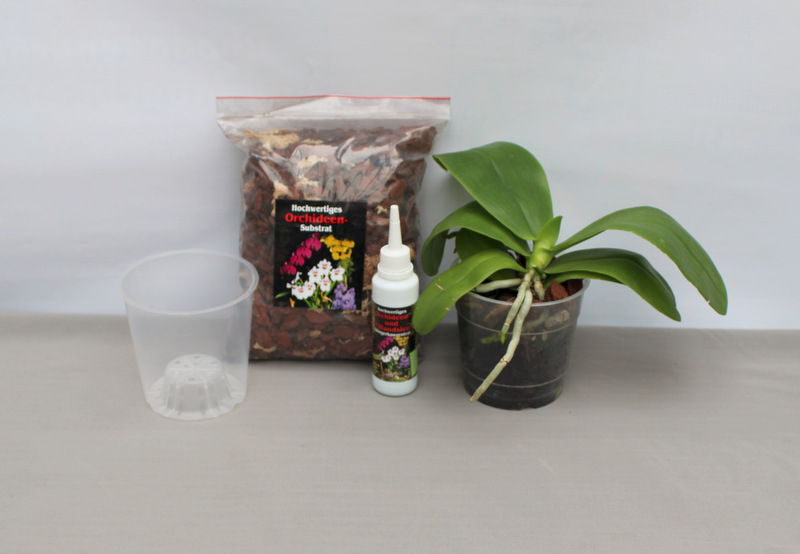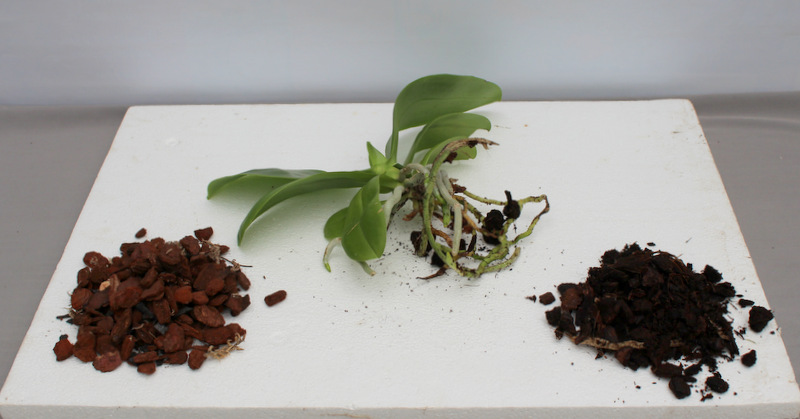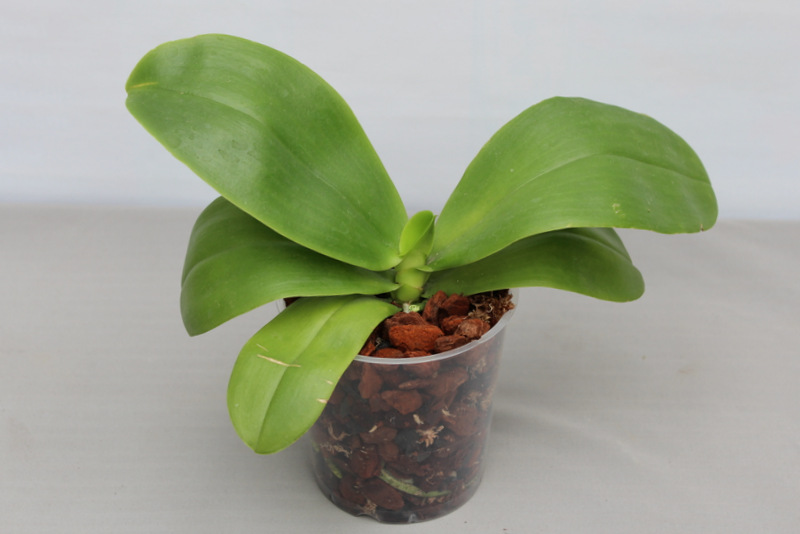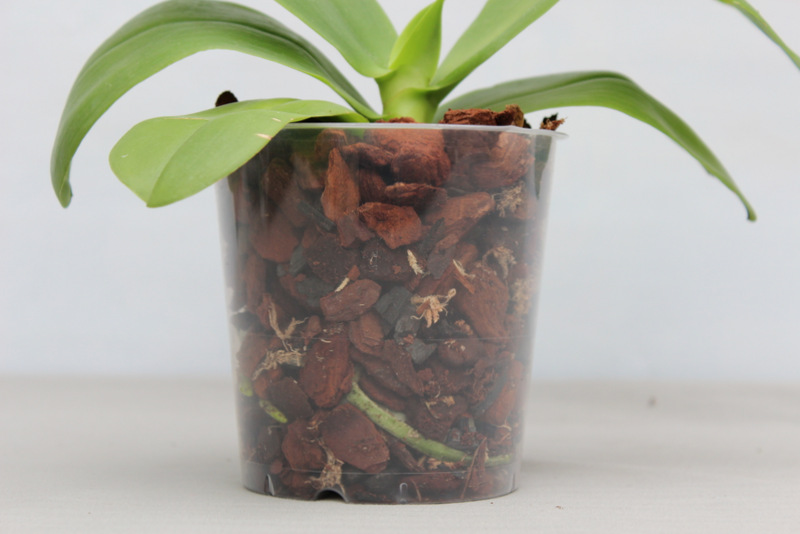When repotting orchids, or orchid transplants, it is always worth thinking about simple things. This often over-mystified issue is not only a very simple operation in practice, but also extremely important. If for no other reason, it is worth transplanting our orchids so that they can produce bigger, more beautiful and more flowers, plus they are expected to be more frequent. Of course, that's not all that matters. Every orchid - like a living being - loves to live, loves to live well. You don’t even need a lot of things for that, but you do a lot for those little things. Examples are water, light, ideal temperature, nutrient and fresh planting medium. Having these at the disposal of an orchid also means that - as a careful gardener - we take proper care of our plant, which will be visible in the color, growth and flowers of the orchid. Any of the main needs of the orchid listed above are provided in vain if the medium at the root of the plant is inadequate. Therefore, perhaps this is where everything starts when we talk about orchid keeping; orchid transplantation is one of the most important things.
In many cases, we get orchids by - for completely understandable reasons - getting or buying a flowering plant. It can also be seen in some cases that a flowering orchid would almost require transplanting. In such cases, however, we must be patient and wait for flowering to transplant. This, in turn, may be followed and even desirable to transplant the orchid. How is transposition recommended?
For potted orchids, the ideal time for repotting is spring and summer, after the emergence of new shoots. Transplanting is required when the planting medium of our plant has condensed and its air and water permeability has decreased; the roots of the orchid have already completely networked the pot; or if the plant has already developed into a very large plant.
Tools for transplanting potted orchids:
- a special orchid planting medium of suitable size for the needs of the orchid, loose and with good water permeability;
- plastic tiles or clay pot.

Repotting of potted orchids is illustrated by the example of a Phaleaenopsis orchid.
If the medium of our orchid is black and compact, the roots will not get enough air, which can lead to root rot.
The first step is to separate the orchid roots from the wall of the tile, which in the case of a plastic tile can be done by pressing the tile around. When the roots are noticeably detached from the wall of the pot, gently pull our plant out of the pot along with the planting medium.
After carefully peeling the roots apart, shake the planting medium out of them.
Then the dead plant parts and roots are removed. If you do not want to propagate your orchid by dividing the stems, choose a larger pot in which you can transplant your plant with a new planting medium.
On the left side of the picture is the fresh, on the right side the compacted old planting medium; with orchid cleaned of old medium in the middle.

To divide the stems or to remove yellowed plant parts, we need to use a sterile cutting tool, which can be a sharp knife or scissors, which are simply disinfected with an open flame, but it is recommended to use professional gardening scissors!
With the latter device, we cause minimal damage to our plant, which can reduce the risk of pathogens entering.
Disinfection is also important so that if we may have several orchids transplanted one after the other, any diseases should not be transferred from one orchid to another.
To further aerate the medium, a thin layer of clay granules or lava granules may be sprayed onto the bottom of the tile.
If the roots of the orchid are dense, try to distribute them evenly in the pots and sprinkle planting medium both between and around the roots. If the orchid still doesn’t stop for sure in the pot, tie it to a wand.
Do not water your plant planted in this way after planting, but keep it dry or slightly damp for 2-3 weeks, and only the humidity should be high around it.


The drier medium encourages root development, so the plant starts to grow and strengthens sooner.